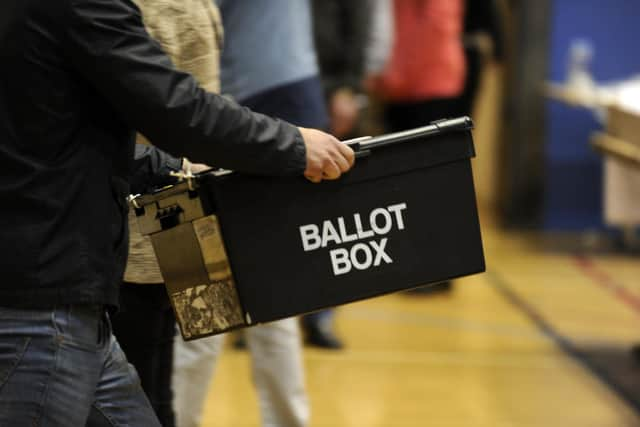Edinburgh Council Election 2022 - Almond: Who’s standing and how to vote
and live on Freeview channel 276
The last local election in 2017 returned the SNP as the largest party in the capital with 19 councillors. After they reached a coalition deal with Labour, who had 12 candidates elected, the two parties formed a minority administration.
On May 5, 63 out of a total 143 candidates vying for a spot in the City Chambers – some standing for public office for the first time and others for re-election to the council – will be chosen by voters across the city’s 17 wards.
Advertisement
Hide AdAdvertisement
Hide AdCouncillors are elected using Single Transferable Vote (STV), different to the voting systems used for Scottish and UK general elections.


The Almond City of Edinburgh Council Ward covers Kirkliston and South Queensferry, as well as Barnton, Cammo, Cramond, Davidson's Mains and Muirhouse.
Fighting for the three ward seats are: Annemarie Baillie, Workers Party of Britain; Andrew Brough, Scottish Greens; Stewart Geddes, Scottish Family Party: Pro-Family, Pro-Marriage, Pro-Life; Fred Hessler, Scottish Labour; James Hill, Scottish Conservative and Unionist; Kevin Lang, Scottish Liberal Democrats; Norrie Work, Scottish National Party (SNP); Louise Young, Scottish Liberal Democrats; Lewis James Younie, Scottish Liberal Democrats.
The vote count will take place the day after polling day on May 6 at the Edinburgh International Conference Centre, with the results expected to be announced in the afternoon.
Advertisement
Hide AdAdvertisement
Hide AdSTV allows parties to stand multiple candidates in wards and sees voters rank as many candidates as they like in terms of preference, writing ‘1’ next to their first choice, ‘2’ next to their second choice, and so on.
Ballot papers are then counted electronically in ’rounds’, with candidates required to meet a minimum number of votes known as a ‘quota’ which is calculated in each ward by dividing the number of valid votes cast by the number of seats available (always three or four in Scotland), and adding one.
Once a candidate meets the quota and is elected as a councillor, the other votes on the ballot are transferred to subsequent rounds, reducing the number of ‘wasted’ votes.